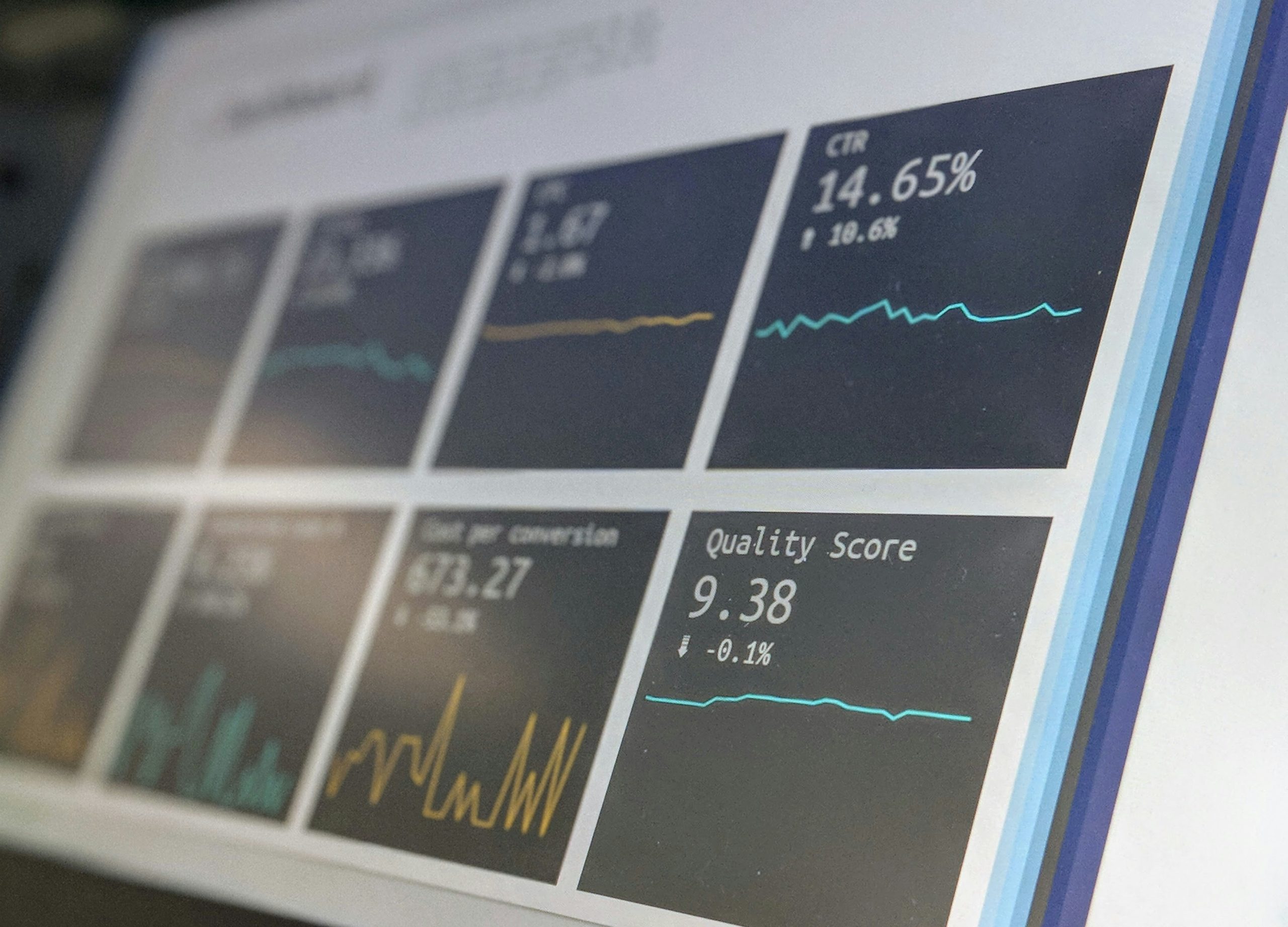Financial statement analysis (FSA) is crucial for evaluating a company’s market performance and value. This technique, used internally for effective financial oversight, revolves around three core reports: the balance sheet, income statement, and cash flow statement. It provides investors with a detailed view of a company’s financial health through various analytical methods.Our analysts employ two primary approaches for scrutinizing financial data. Horizontal analysis compares data across different time frames to identify trends, while vertical analysis examines the relationship between different financial statement items. Additionally, ratio analysis integrates both horizontal and vertical insights to assess financial equilibrium.
The interconnectedness of the balance sheet, income statement, and cash flow statement offers comprehensive insights into a company’s operational efficiency and financial outcomes. The cash flow statement, in particular, categorizes transactions into operating, investing, and financing activities, providing a snapshot of cash movements.
Analysts often start by evaluating profitability and stock valuation potential through key ratios from the income statement, such as the gross profit margin. This ratio, which highlights the difference between sales revenue and production costs, can signal a company’s competitive standing if it surpasses industry peers. The cash flow statement positions net income at the forefront, with its bottom line reflecting the company’s liquidity. It breaks down financial activities into sections that cover profit and loss, cash continuity, and funding sources, offering a clear picture of financial health and stability.

